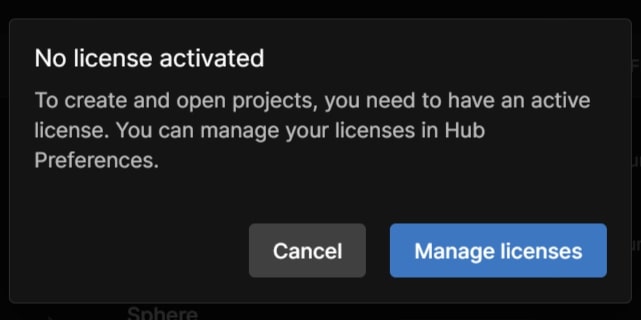12 May 2024: The article has been updated with some new content. The updated sections are labelled in boxes like these below.
While working on the next part of the Vampire Survivors series, one of our Patrons reported a bug with our weapon upgrade UI system in this forum topic. Basically, if you already have the maximum number of weapons / passives in your inventory, the level-up UI will still continue to give you new weapons / passives as upgrade options. These upgrade options, however, are unselectable, because the function that is fired when they are clicked on will fail, as the PlayerInventory will fail to add the item.
What began as (what I thought was) an easy bug fix became an entire part in the series, because the bug fix turned out to require a bigger overhaul on our scripts than I expected.
Hence, we have this part of the tutorial series.
 Unlock Content
Unlock Content


